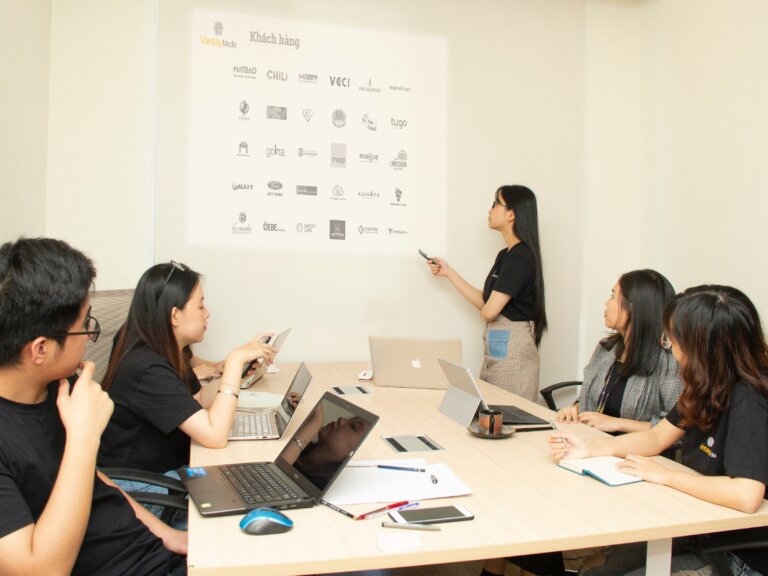
Author: Simone Kohl
· 3 mins read · 1,587 views
How to Become a Product Owner
A Scrum Product Owner is responsible for maximizing the value of the product that the Scrum team is developing. This can vary greatly depending on the company. For the Product Owner to do their position successfully, the entire team needs to know about the decisions. This includes the content and prioritization of the backlog and the individual increments.
What is a Product Owner?
The product owner is the executive with the task of maximizing the value of the product. Thus, he assumes various tasks and roles, such as those of the product designer, market analyst, or project manager. Thus, the Product Owner is a significant part of the Scrum team.
The Scrum Product Owner also takes the lead in many areas of project development. He sometimes has to develop strategies and understand the vision of the stakeholders. He may also have to help the development team to achieve the goals during the sprint. So the product owner always has enough to do.
6 Tasks of a Product Owner
1. Definition of the Vision
- The central person of the Scrum team is the Product Owner (PO). He uses his higher-level perspective to define the goals and vision that the development team should achieve. The PO is responsible for all communication. This includes communicating with customers, business leaders, and the rest of the Scrum team. In doing so, as a PO you must ensure that you communicate the goals and visions transparent and that the team has a clear idea of what it needs to do.
- The PO constantly helps the team keep the goal in mind and maintain the version they have created. For this purpose you can use the product roadmap, this is a visual and strategic summary of the vision and outline of the product.
2. Product Backlog
- The PO’s tasks also include managing the backlog. The backlog is a collection of tasks for the development team during the project. Product owner tasks must be created, and added to the backlog list. Also, the tasks need to be prioritized with business goals in mind and project dependencies need to be listed. The goal is to have an order in which the development team can work through the tasks.
- In this context, the backlog is a document that needs to be updated again and again, since changes keep occurring during the work of the development team. Therefore, the requirements must be constantly updated. Because it is constantly changing, the product owner must always have a list of all the stakeholders at hand so that the project can be completed successfully.
3. The Product Owner Must Prioritize
- As mentioned, prioritizing the backlog items is also one of the tasks of a product owner. He must therefore set the priorities with a view to the scope, the budget, and the schedule. In doing so, the needs and goals of all stakeholders must not be neglected. The PO must assess which areas of the project are flexible and which are not so that it can be determined which items can be developed and when.
4. Analyze Customer Needs
- The PO must also have a thorough understanding of customer needs so that development processes can be more effective. With market knowledge, they can quickly identify and address issues. Customer journey mapping can provide a visual representation of touchpoints with customers. This gives the PO an overview of the customer’s experience.
5. Act as a Liaison
- The PO is the most important person for communication. He is responsible for communication within the team as well as between the team and stakeholders. Therefore, good communication skills are essential for this position. This is because it is always necessary to ensure that all important decisions and strategies are shared by the stakeholders and that the development team has clear tasks.
6. Document Progress
- In each phase of the project, the PO is responsible for ensuring that the end product is one with which the customer is satisfied. This includes checking the progress of the product at all times and deciding whether the team can move on to the next step or whether optimizations still need to be made.
Final Thoughts
The Scrum Product Owner has many tasks to master and a lot of responsibility to carry. To make this as easy and effective as possible, some tools help the PO. Here are the 10 best agile tools for project management.
Looking for Expert IT Solutions?
Subscribe to Our Newsletter for Exclusive Tips and Updates!
Stay ahead of tech challenges with expert insights delivered straight to your inbox. From solving network issues to enhancing cybersecurity and streamlining software integration, our newsletter offers practical advice and the latest IT trends. Sign up today and let us help you make technology work seamlessly for your business!



Share